Candy Facts
Important candy facts to help trick-or-treaters have fun this spooky season without worrying about accidental exposure to their food allergens.
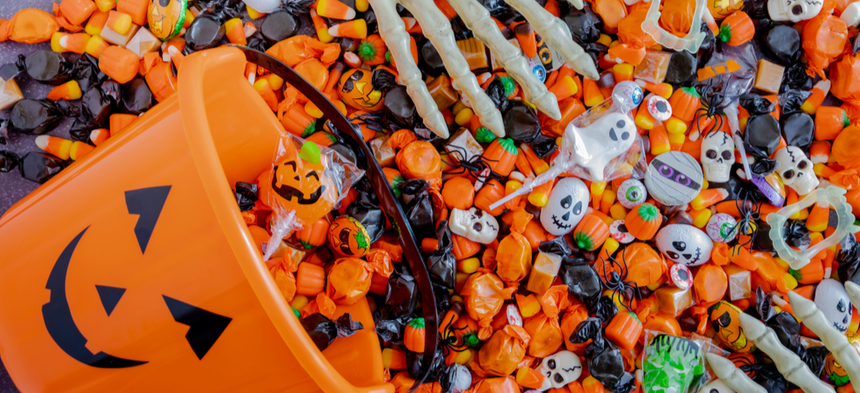
Important candy facts to help keep your trick-or-treaters stay safer!
Remember to always check the labels, and if you have any additional questions, contact the manufacturer!
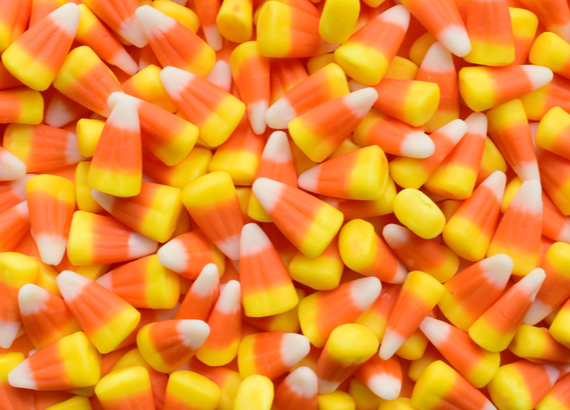
Candy Corn
Candy corn often contains egg whites. If listed free from egg, make sure you are not substituting one allergen for another. Candy corn can also be made with sesame oil.
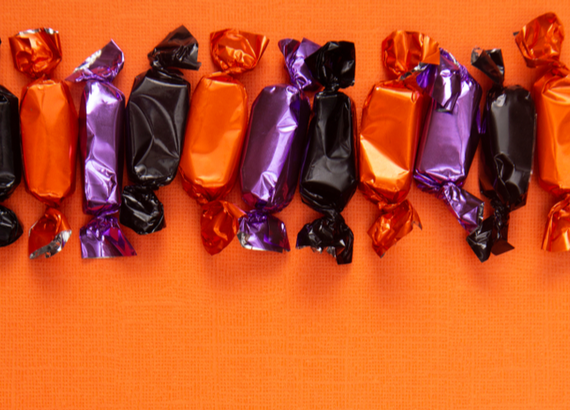
Mini or ‘Fun Size’ Candy
Candy that comes in "mini" sizes may have different ingredients than its larger counterparts. Be sure to double-check the ingredients on mini candies to confirm they are safe.
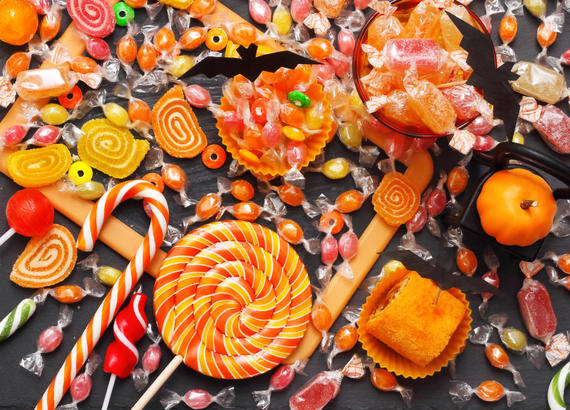
Last Year’s Favorites
Just because a candy was "safe" last year does not mean that it will be free of a food allergen this year. Manufacturers can change ingredients, so it is best to read the labels every time.
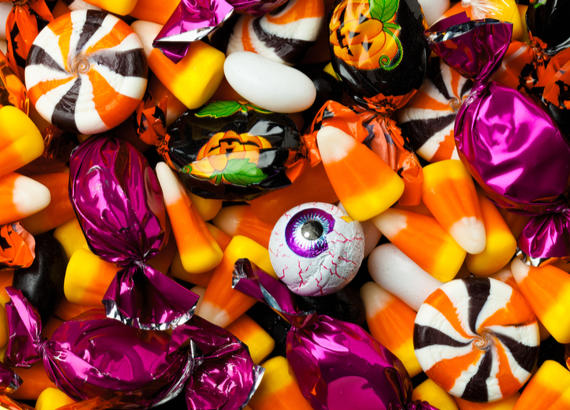
Candy Without Labels
If you cannot clearly identify the product with certainty, it may be best to toss it, or have your child trade you for a better alternative.
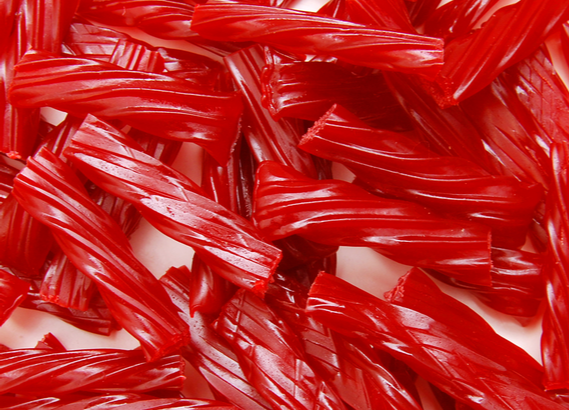
Licorice
Licorice candy typically contains wheat as a binding ingredient. If you have a wheat allergy, make sure to check the labels.
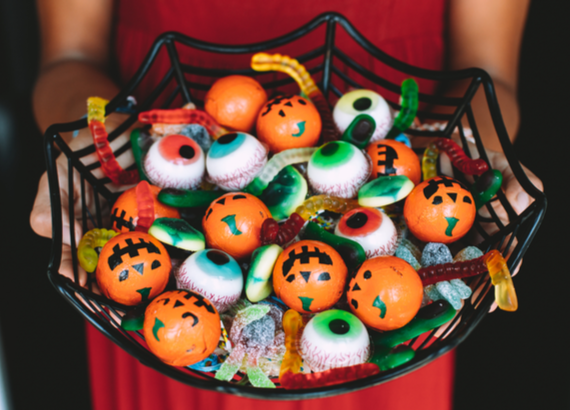
"Allergy-free"
While the top 9 allergens account for over 90% of reactions, there are over 200 reported allergens, and because of this, there is no such thing as “allergy-free” candy.
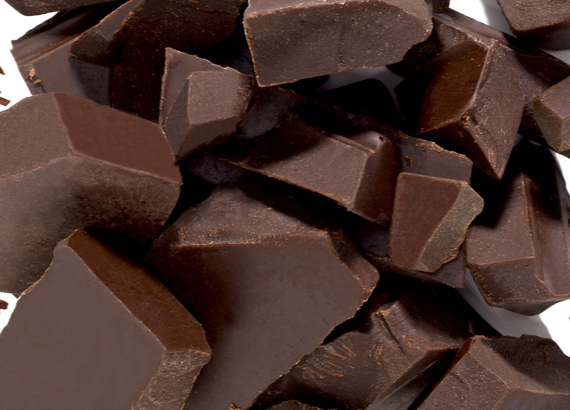
Dark Chocolate
Dark chocolate often contains traces of milk, and while this may not affect someone with lactose intolerance, it is often considered unsafe for those with a milk allergy.
More Helpful Resources
Teal Pumpkin Project
The Teal Pumpkin Project is a simple way to make trick-or-treating welcoming to all. A teal pumpkin on your doorstep signals that you offer non-food treats and trinkets that can delight every trick-or-treater.
Learn More

